Μύκονος: Το ελληνικό νησί που εξελίσεται ένας απροσδόκητος προορισμός τέχνης
Mykonos: The Greek Island That’s Becoming an Unexpected Art Destination for Contemporary Art’s seminal show “Cultural Geometry.” That exhibit
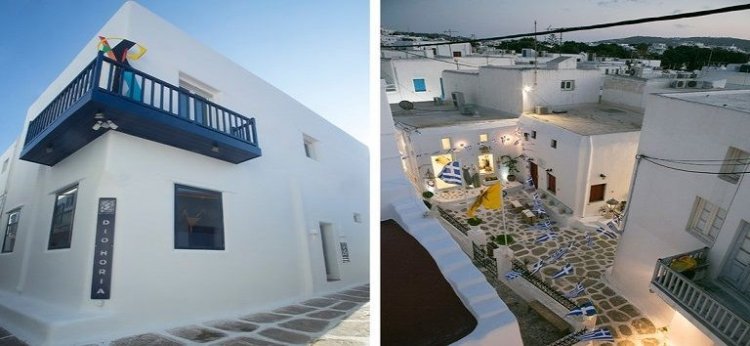
Mykonos: The Greek Island That’s Becoming an Unexpected Art Destination
for Contemporary Art’s seminal show “Cultural Geometry.” That exhibition was something of a flash point: as its curator Jeffrey Deitch recalls, it brought the international art community to Greece en masse, in what was, for many, their inaugural visit to the country. Now, just shy of 30 years later, a group of American artists is again descending on Greece. This time, though, it’s happening on the island of Mykonos, for a group show, “Greek Gotham,” at Marina Vranopoulou’s year-old space, Dio Horia. Opening July 29, and spread over 4,000 square feet, the show will bring together 16 of New York’s most of-the-moment artists — among them Nina Chanel Abney, KAWS and Erik Parker. It was conceived by the New York-based art consultant Maria Brito, who is taking on the role of curator for the first time.
While Mykonos is known as a tourist destination, Dio Horia — an art space with a residency program and a publishing arm — is putting the island, the most visited in the country, on the cultural map. “The art scene in Mykonos was a little weak, so Marina is a pioneer with her space,” Brito says. The Mykonos Biennale, launched in 2013, has livened up the art scene, and “Greek Gotham” is an important, and ambitious, aesthetic moment for Mykonos: It’s the first time that only New York City-based artists are being shown in Greece, Brito says. About half of them produced original work for the show, and a few — Taylor McKimens, Mira Dancy and Austin Lee — will come to Mykonos during its course.
How New York Artists Interpret Greek Words
CreditPeter Koloff
Vranopoulou, a former curator at the Athens-based Deste Foundation, says she chose Mykonos as the headquarters for Dio Horia for the contradictions it represents and the debate the island itself provokes. “On the one hand, there is its impressive morphology: massive, rocky formations, sandy beaches and a microclimate that boasts a high concentration of sunshine hours. On the other hand, it’s the other facade of Mykonos that has dominated our contemporary perception of the island for almost three decades: the libertine, greedy, megalomaniac, opulent Mykonos,” Vranopoulou says. “Central to the ethos of Dio Horia are the people of Mykonos, the important personalities that have visited the island and the works they left behind, as well as today’s inhabitants and their daily life.”
Deitch wrote the introduction to the companion book for the exhibition and has curated 15 shows in Greece and Cyprus. “Artist exchange is something I very much believe in and has added to the dynamism of the contemporary art scene in Greece,” he says. “Despite its challenges, Greece has one of the strongest cultures of any nation.”
Each of the artists whose work is on view in “Greek Gotham” was tasked with portraying, in some way, an interpretation of a Greek word. “Iconography” is represented, for example, by the recognizable color scheme and crossed-out eye imagery of KAWS. And Brito points to another pairing as particularly powerful: “In the case of Nina Chanel Abney, she wanted to be paired with ‘democracy,’ which the Greeks invented,” Brito says. “She is an African-American woman trying to convey the idea that we can all be equal.”
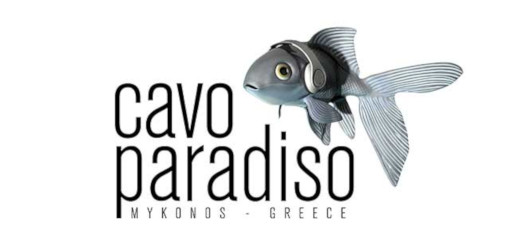
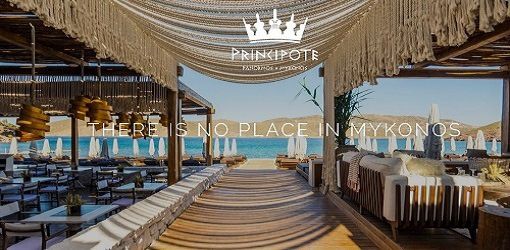
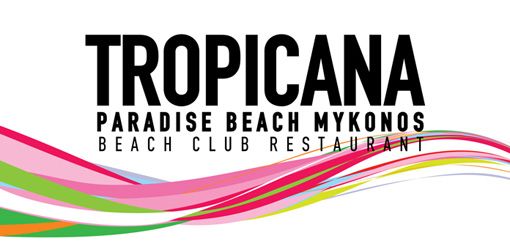




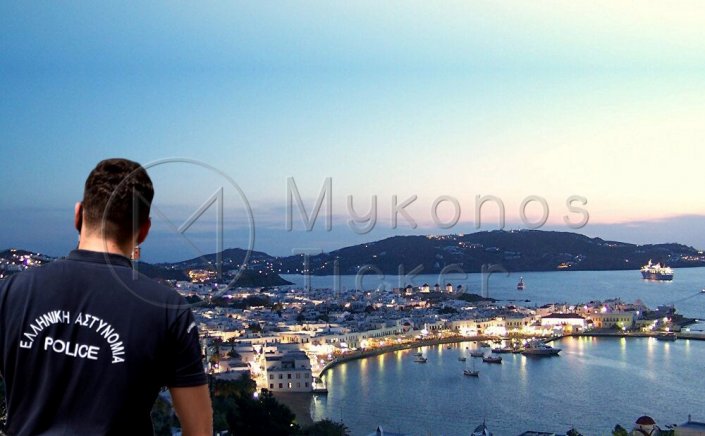



![Ferry routes: Ταλαιπωρία εν πλω για τους 719 επιβάτες του Super Express!! Γιατί επέστρεψε στη Μύκονο [Video]](https://mykonosticker.com/uploads/images/2023/09/image_705x436_65002e3e1bd66.jpg)













